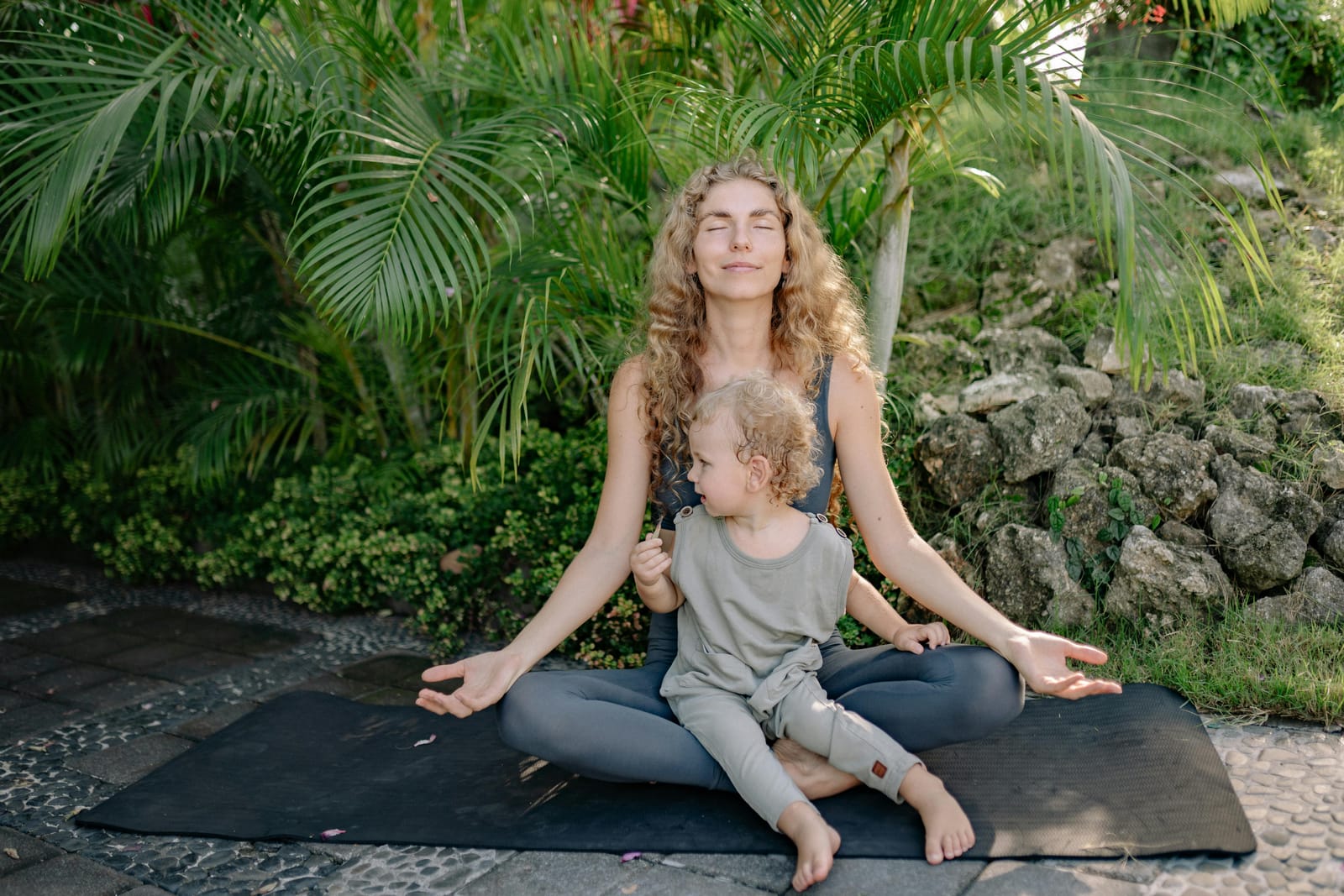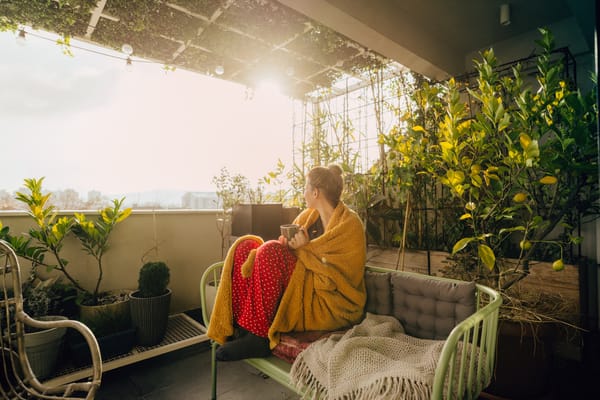How to cultivate greater presence and learn to make meditation a daily habit with Hannah Barrett
Mindfulness is a practice that can occur in every aspect of our lives and involves cultivating a present moment awareness that has no judgement. Thoughts, sensations and feelings come and go and we can mindfully witness them all without allowing them to cloud and consume our thought processes.
When you are practising mindfulness, you are paying attention to the world around you, to your thoughts, your feelings, the way you behave, the way you move and the effect you have on those around you.
Greater self-awareness
The person that you are today is shaped by the experiences of your past. These past experiences can have an unconscious influence over your thoughts, behaviour and emotions.
Think about how much of your day happens automatically, almost like you’re on autopilot. Even conscious choices are shaped by the experiences of our past. By being able to observe ourselves regularly and more closely, with mindfulness we can have greater self-control and self-awareness. This will help us make better choices and take control of reactions and their consequences.
I read a beautiful book on mindfulness by spiritual leader Thích Nhat Hanh called The Miracle of Mindfulness. The book talks about practising mindfulness every minute, every hour of every day.
In reality, this is difficult, so it then goes on to talk about setting one day per week aside for mindfulness; say that every Sunday you know that this is your mindfulness day and you do every single activity keeping your attention focused, keeping anchored to the present moment. As you wake you are mindful of your morning routine, you take each part slowly, you pay full attention. Even as you wash your body you are doing so mindfully.
I personally think this is a beautiful concept and I’m trying to bring it into my life – and know that over time this mindfulness day will slowly turn into a mindfulness week.
Can you bring mindfulness into each of your daily activities?
For example, when you’re washing your hair, take time to feel the water on your skin; notice the smell of the shampoo and enjoy the sensation of massaging your scalp. Harvard University psychologists Matthew A Killingsworth and Daniel T Gilbert undertook a study that found that people spend nearly 47 per cent of their waking hours thinking about something other than what they’re doing, and that this typically makes them unhappy.
Killingsworth says, ‘Mind-wandering is an excellent predictor of people’s happiness. In fact, how often our minds leave the present and where they tend to go is a better predictor of our happiness than the activities in which we are engaged.’ So start to introduce more mindfulness into your day, whether that is through a full day of mindfulness or just bringing mindfulness into certain tasks.
Bring More Mindfulness into Everyday Life
Try Being More Mindful When You're Doing These Things:
Brushing your teeth
Getting kids dressed
Washing your hair
Eating meals with awareness
Making lunch
Drinking a cup of tea
Giving kids your undivided attention
Gardening
Eating chocolate
Mindful walking
Listening to music
Practicing meditation
Flowing on your mat
Questioning urges (e.g. social media scrolling or food binges)
How to Make Meditation a Habit
Find a motive
Before you start on this journey of bringing meditation into your life, take a moment to jot down why you want to do it. Whether it’s to achieve enlightenment or just to have some added mental focus, what the final aim is doesn’t matter – have no judgement – but the motivation to get there does. A clear sense of purpose will help to keep you motivated and on track to stick with this new habit.
Try meditating first thing
When you rise, find some time to be still and tune in. It can be helpful to practise before anyone else wakes up. This was a game changer for me as I now simply set my alarm a little earlier and by the time my children are awake, I feel like I have found some nourishment to put me in a positive mindset to start the day.
Switch it up
Changing location is really helpful to avoid getting too used to meditating in a quiet room. Try meditating on your morning commute or in the park before eating your lunch.
Try new things
Meditation can come in many forms and it may be that one isn’t right for you at that moment in time. Try different techniques, for example if sitting with your eyes closed isn’t right for you, try a walking meditation in nature instead.
Your mind will wander
Lots of people try meditation and conclude very quickly it isn’t for them as their minds are ‘too busy’ and forever wandering. However, if you notice that your mind is wandering during your meditation, this kind of means you’re doing it right! You’ve noticed that your mind is wandering and therefore can gently bring it back. The more we practise, the easier it becomes, but know that you will still have days where your mind wanders 10, 20, 100 times, and that’s okay, you’re not doing anything wrong.
Quick Meditation Break
If you don’t have a lot of time, a five-minute meditation break to hit pause and get a little mental recharge can be so valuable.
Get comfortable
For most of us, sitting on a hard floor in lotus pose isn’t going to be comfortable and will make meditation harder. Instead, find a comfortable seat; this can be a sofa or a chair with an upright back. Before you begin, make sure you are comfortable and supported, with the head, neck and back aligned, and shoulders relaxed.
Breathe naturally
Although meditation is often focused on the breath to help anchor you to the now, don’t try and change it in any way. Simply be its witness, noticing all sensations and its rhythm.
Know there will be discomfort
Uncomfortable feelings like frustration and anxiety can frequently appear during meditation. When we tune in and pay attention, truths can be uncovered that were previously buried. Sit with these feelings and sensations, don’t try and brush them aside. Simply breathe into them and give them awareness without judgement, allowing them to come and go. Know that you always have the choice to stop if it becomes too uncomfortable.
Check in
After each meditation jot down how you felt before and afterwards. Avoid labels such as ‘good’ or ‘bad’ and instead note how you are feeling physically, emotionally and mentally.
Hannah is a yoga practitioner and teacher. She is an author, wife and mother. After the traumatic birth of her daughter, yoga helped Hannah rediscover who she was and her purpose in life.
MORE INSPIRATION
FOLLOW Hannah @hannahbarrettyoga
READ Yoga Happy: Simple Tools and Practices for Everyday Calm & Strength by Hannah Barrett (Quadrille)







